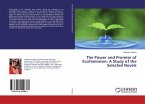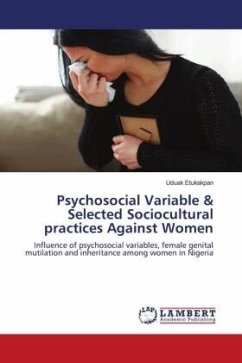Women have entered paid employment since 1900, a century which witnessed massive societal and economic transformations, never the less, much of the work women had done, and still do, goes unpaid, centering mostly around household activities or the likes. Child bearing, child caring, provision of food, washing cleaning and caring for the elderly continue to assume a large part of female activity. As such, defining an economic role for women continues to pose a challenge to economists, as well as social scientists, with regards to who is to be called an economically active woman. Whether the definition of labour participation rates should be limited to salaried women workers only or it should include also home based activities that would cost money were they to be purchased from the market continues to pose subjects for debate amongst researchers, UN agencies and International organizations.
Bitte wählen Sie Ihr Anliegen aus.
Rechnungen
Retourenschein anfordern
Bestellstatus
Storno








